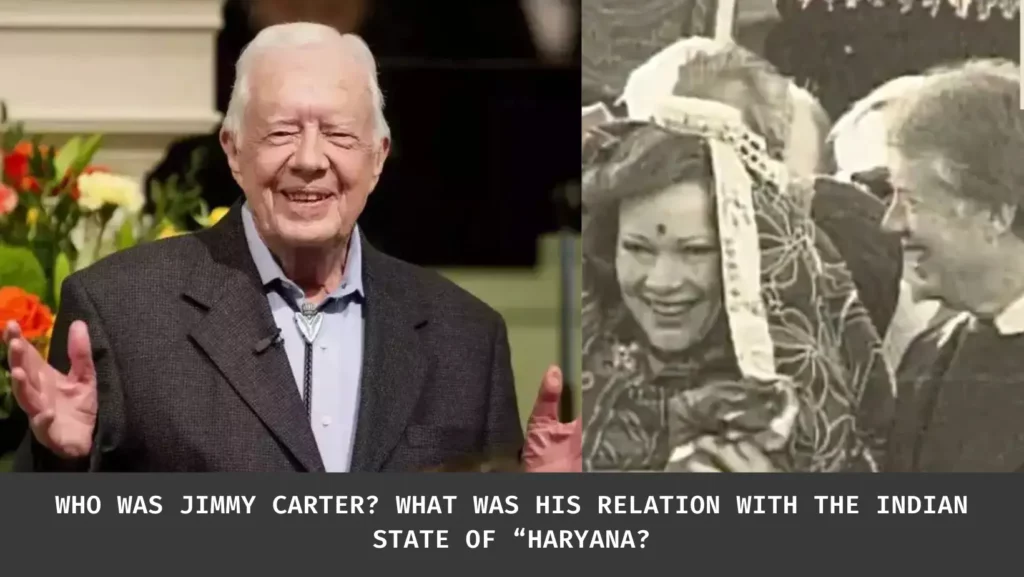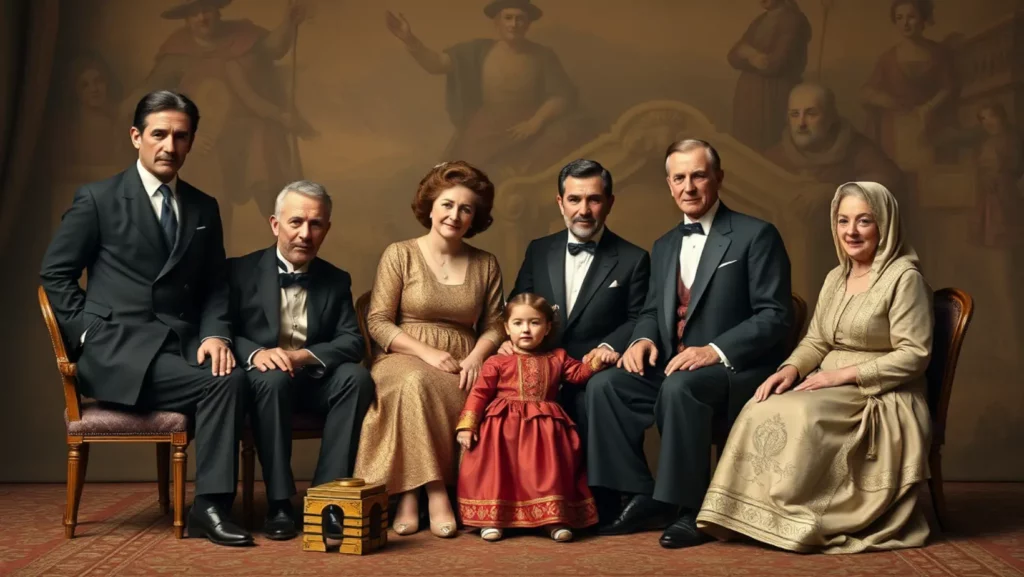James Earl Carter Jr., the 39th President of the United States (1977-1981), was born on October 1, 1924, in Plains, Georgia. He grew up in a modest farming family and later attended the U.S. Naval Academy, graduating in 1946. After serving as a naval officer, Carter returned to Georgia to manage his family’s peanut business, demonstrating his management skills by revitalizing the struggling enterprise.
Carter’s political journey began in the Georgia State Senate (1963-1967) and later as Georgia’s governor (1971-1975). He championed civil rights and government reform, gaining national attention for his progressive stance on racial integration and efficient governance.
In 1976, Carter successfully ran for president, emphasizing honesty and trust in the wake of the Watergate scandal. As president, he focused on energy conservation, environmental protection, and deregulation. He established the Department of Energy and worked to reduce U.S. dependence on foreign oil.
Carter’s foreign policy achievements included the Camp David Accords, which led to a peace treaty between Egypt and Israel. He also established diplomatic relations with China and negotiated the Panama Canal treaties. However, his presidency faced challenges such as an energy crisis, high inflation, and the Iran hostage crisis, ultimately leading to his defeat in the 1980 election.
After his presidency, Carter founded the Carter Center in 1982, focusing on global health, democracy promotion, and conflict resolution. He engaged in humanitarian efforts, including work with Habitat for Humanity, and played a crucial role in eradicating diseases like Guinea worm. His diplomatic efforts as a mediator and election observer earned him the Nobel Peace Prize in 2002.
What was His Relation with the Indian State of “Haryana?
In 1978, during his presidency, Jimmy Carter visited a village in Haryana, India, then known as Daulatpur Nasirabad. This visit held personal significance for Carter, as his mother Lillian had previously worked there as a health volunteer with the Peace Corps in the late 1960s.
The visit made such an impact that the village residents renamed their area “Carterpuri” in honor of the U.S. President. The connection between Carter and the village continued throughout his presidency, with the village maintaining contact with the White House.
The impact of this relationship was long-lasting. When Carter won the Nobel Peace Prize in 2002, Carterpuri celebrated with festivities. To this day, January 3 remains a holiday in the village.
Carter’s visit to India was part of a broader strengthening of U.S.-India relations. Since his administration, the two countries have collaborated closely in various areas, including energy, humanitarian aid, technology, space exploration, maritime security, disaster relief, and counterterrorism. A significant milestone in this relationship was reached in the mid-2000s with an agreement on civil nuclear cooperation, which led to a substantial increase in bilateral trade.







